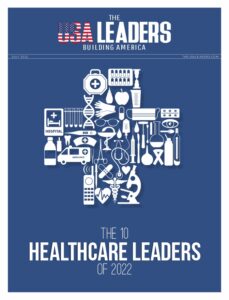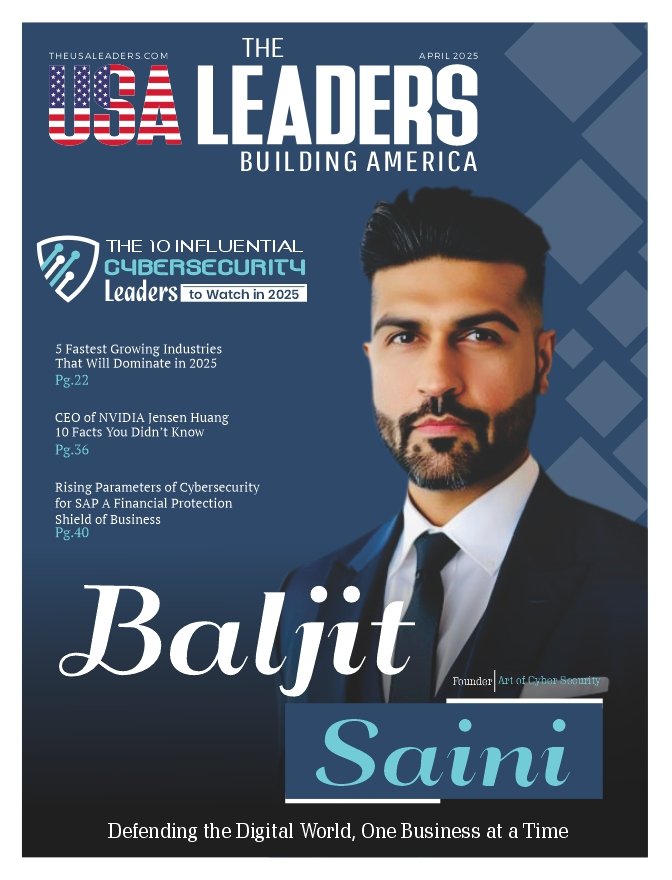As global workforces become more connected, document translation has evolved from a niche requirement into a daily necessity. Many teams still rely on Google Translate to convert quick messages or webpages, but when it comes to handling PDF documents, the needs are more complex.
Searching for a solution to Google Translate PDF files often leads users to makeshift workarounds that only partially solve the problem. Text gets extracted. Formatting breaks. Charts or tables vanish. And suddenly, a time-saving effort turns into an editing nightmare.
Forward-thinking organizations are re-evaluating how they manage translated documents, especially PDFs. They’re choosing purpose-built tools that offer accuracy, structure retention, and security. Here’s why that shift is happening.
Google Translate: Fast, But Limited for Document Workflows
No one can argue that Google Translate is fast. With support for over 100 languages and integrations across browsers and mobile apps, it’s become the go-to tool for instant translation. But for PDF files – especially ones that include formatting, diagrams, or scanned content – it often falls short.
That’s because Google Translate is designed for text, not documents. When a team uploads a PDF, it gets flattened into text blocks. Headers, bullet points, spacing, and fonts are lost. And if the document is scanned or image-based, it may not translate at all.
The Real Risk: Losing Context and Clarity
In a business environment, formatting is more than visual polish. Tables, page breaks, and layout help communicate structure and relationships between information. When that structure is lost in translation, so is the message.
Imagine submitting a translated contract where the section numbers don’t match – or a compliance report where the footnotes were deleted. These issues create unnecessary friction and can even lead to operational errors.
How Modern Teams Are Solving the PDF Translation Problem
Instead of relying on general-purpose tools, smart teams are turning to document-focused platforms like DocTranslator. These platforms bridge the gap between fast translation and document preservation by processing full files, not just raw text.
Here’s what that means in practice:
- Files up to 1GB can be translated directly in the browser
- Layouts, fonts, and page structure are retained
- Scanned PDFs are processed using OCR (Optical Character Recognition)
- Translations are powered by neural machine learning for higher accuracy
- No need to convert to Word or reformat manually after translation
With this kind of tool, teams can handle multilingual documents at scale, without wasting hours rebuilding designs or hunting down text that didn’t get translated.
Leadership Insight: Translation as a Growth Lever
In high-growth companies, the ability to translate documents quickly and accurately isn’t just a convenience – it’s a competitive advantage. From onboarding materials and policy documents to pitch decks and compliance forms, translated content helps unify global operations and reduce friction between teams.
Using an efficient PDF translation platform enables faster internal training, stronger customer support, and better regional partnerships – all of which contribute to growth.
Who Benefits Most from PDF-Specific Translation Tools?
While every team may occasionally translate a document, some roles depend on it consistently. These include:
- Legal and compliance teams manage international policies
- HR professionals onboarding multilingual staff
- Marketing teams are localizing campaigns for different regions
- Finance departments reviewing supplier contracts in multiple languages
- Customer service teams supporting global users with FAQs or manuals
In each case, accuracy and formatting can’t be compromised. The tools used must match the professional standards of the organization and scale with its needs.
Final Thoughts
Google Translate remains a great tool for instant translations. But when it comes to serious document workflows – especially with PDFs – it often introduces more problems than it solves.
Modern teams are adopting smarter platforms that offer accurate, fast, and structure-preserving PDF translation. That shift reflects a broader trend in business: treating multilingual content as a strategic asset, not just a last-minute task.
In the digital age, the right translation tool doesn’t just save time – it supports collaboration, clarity, and confidence across borders.
Also Read: How to Convert PDF to Word Easily – WPS Office Guide





















